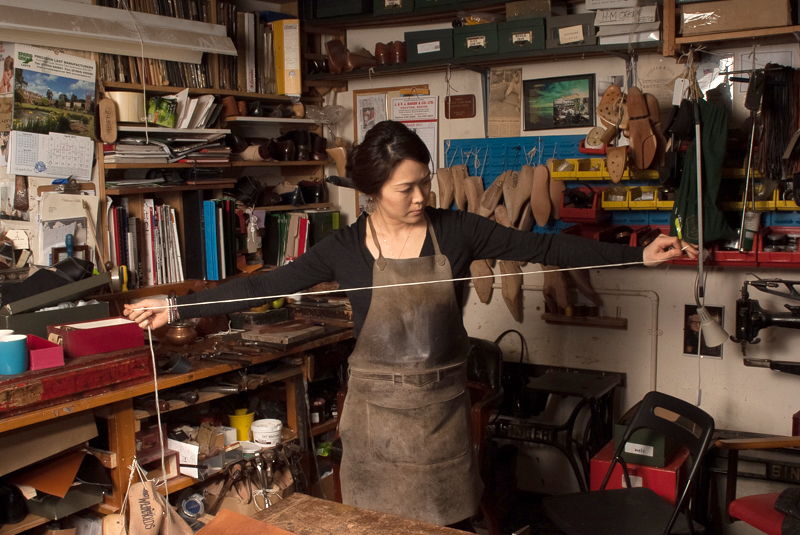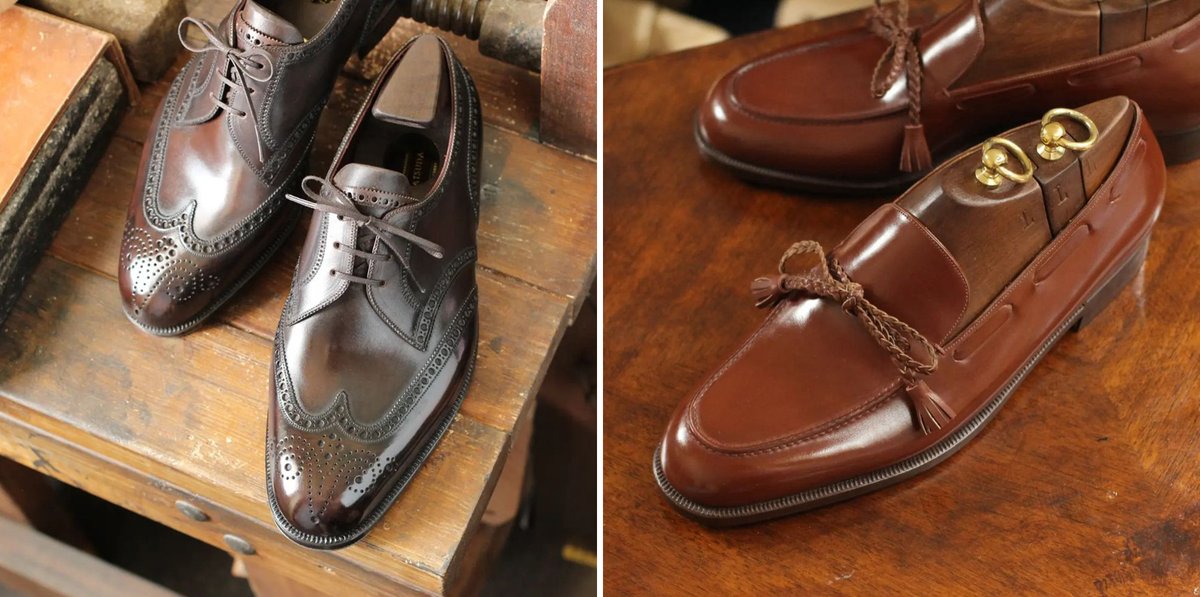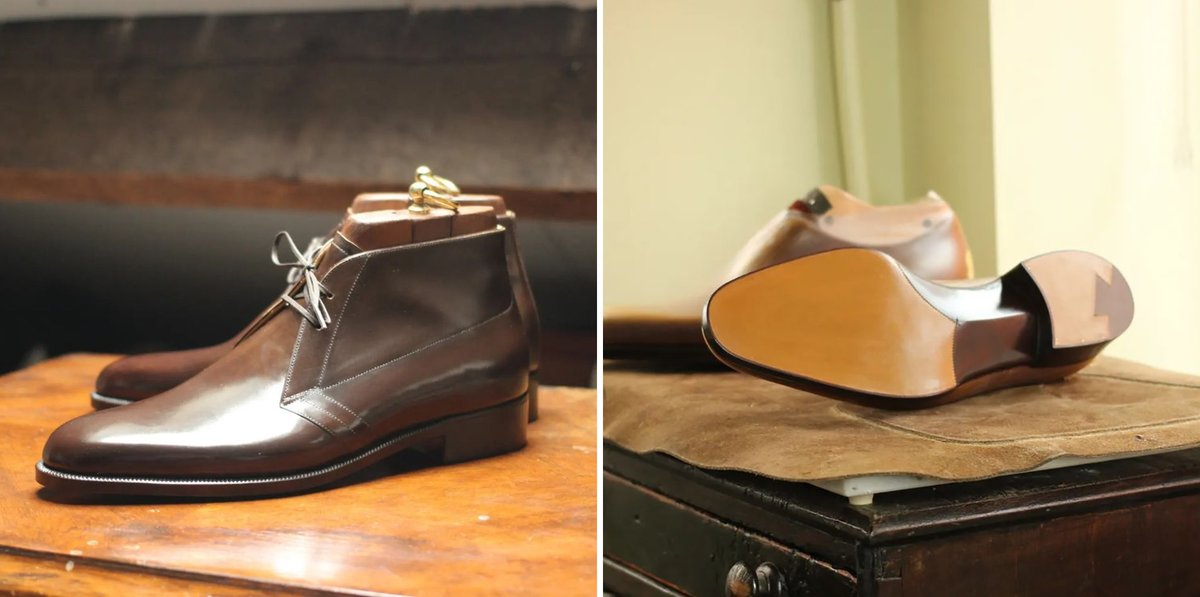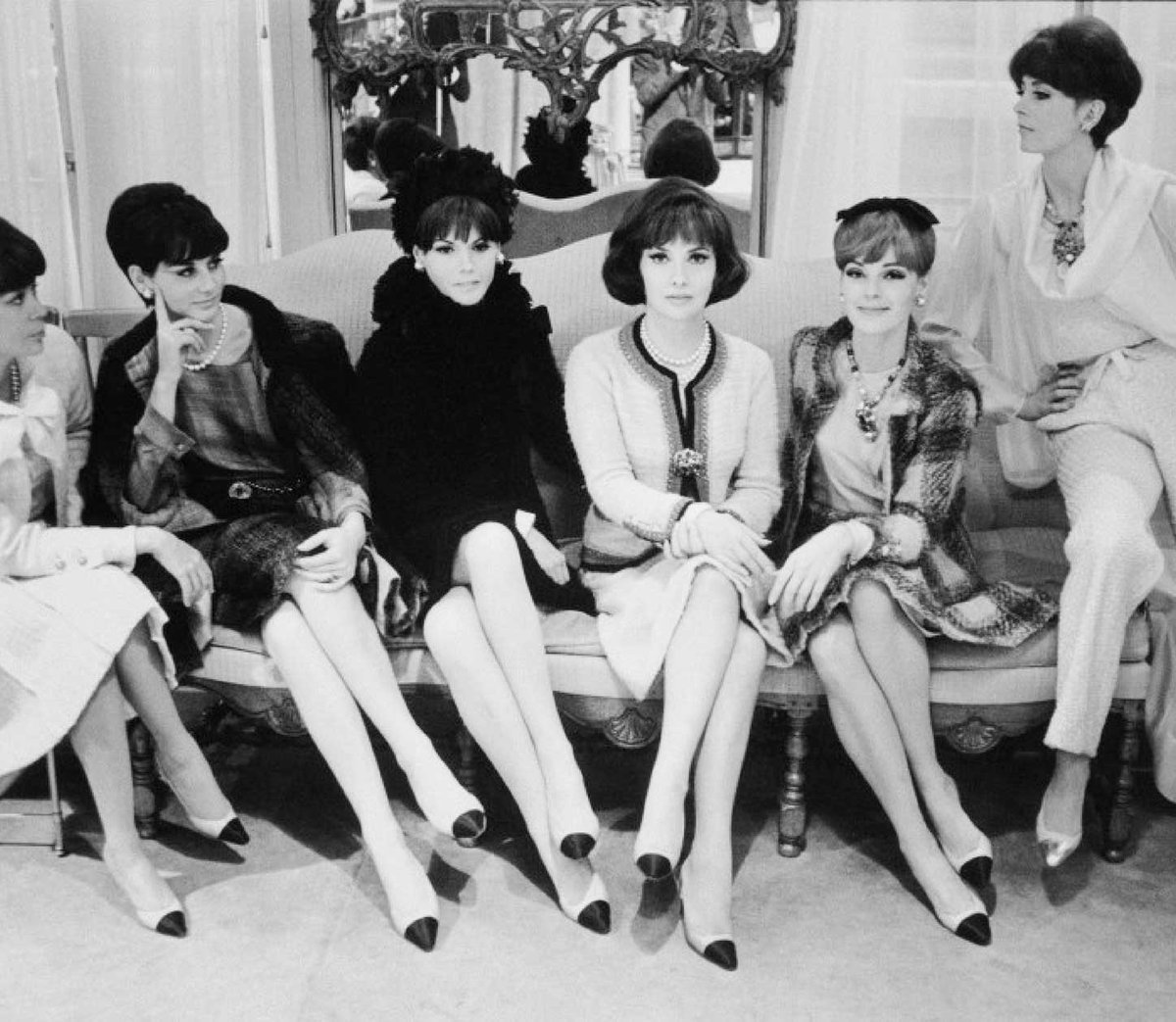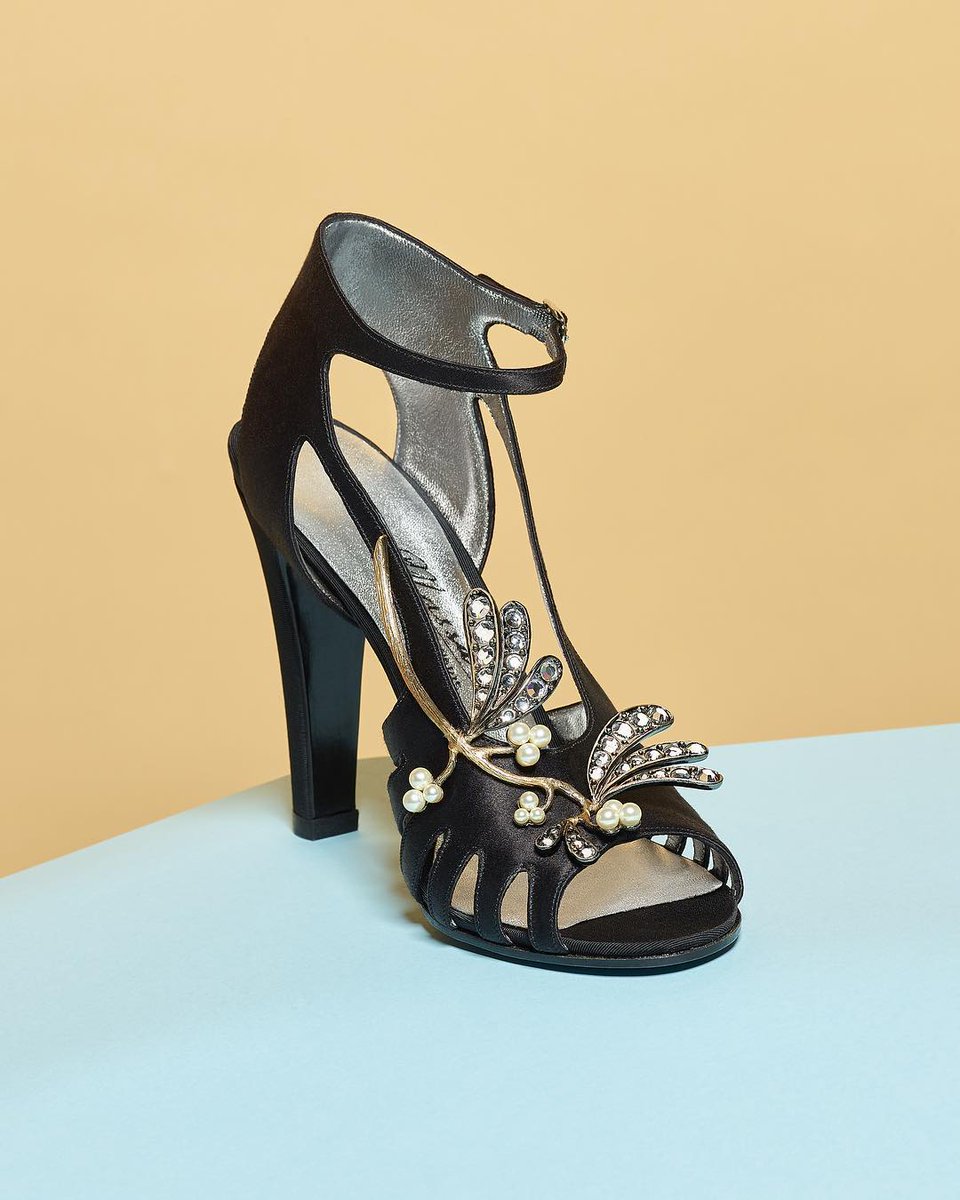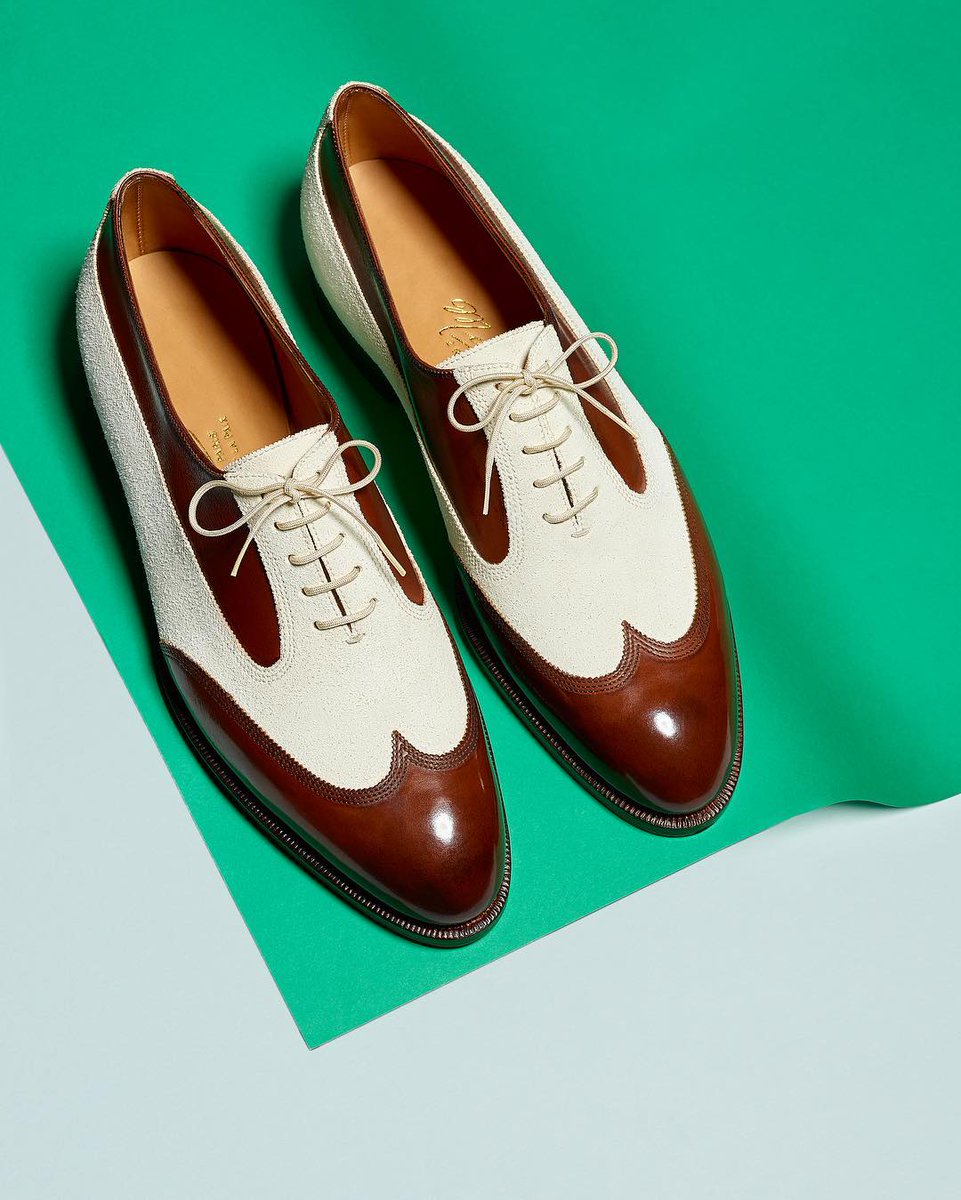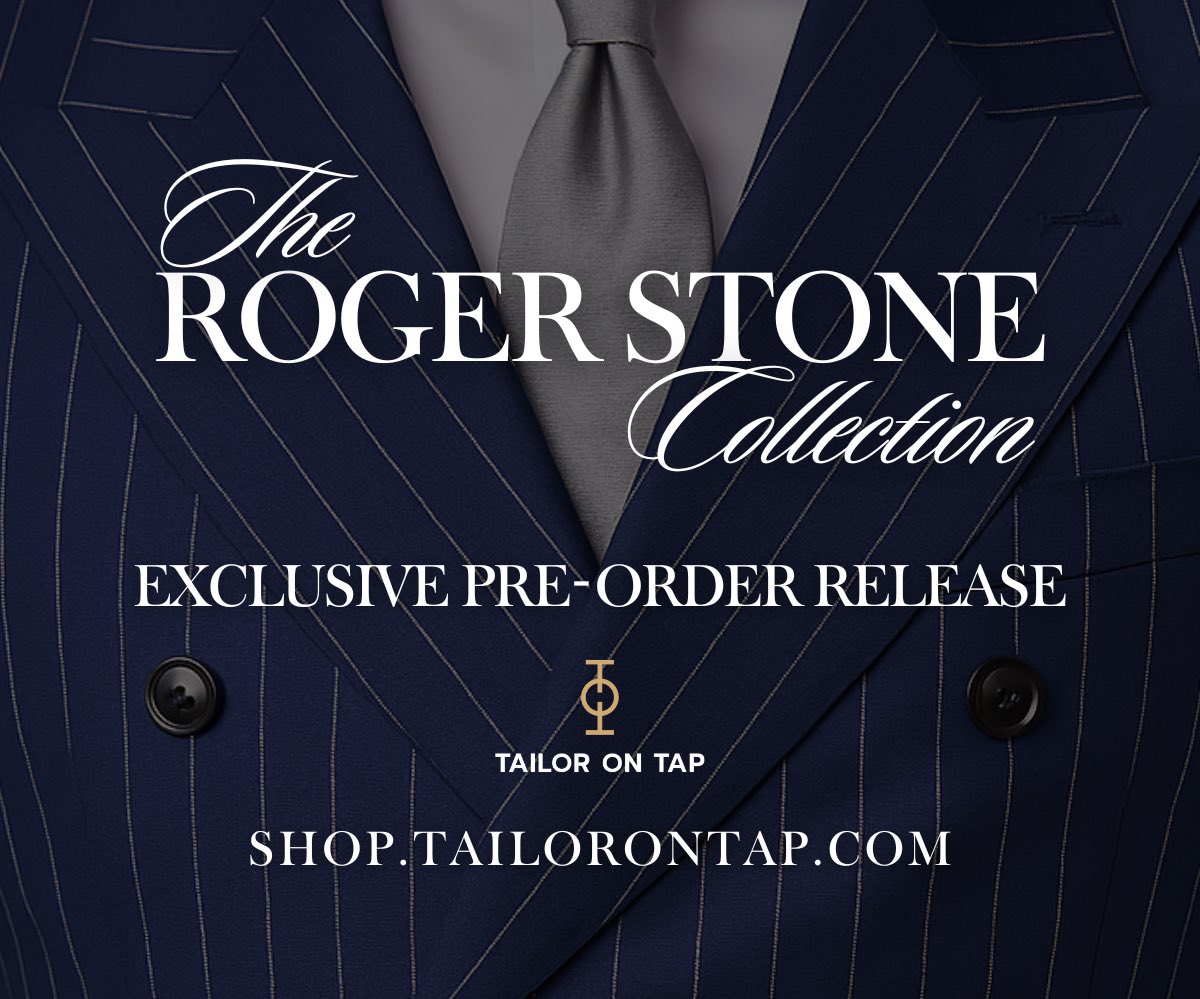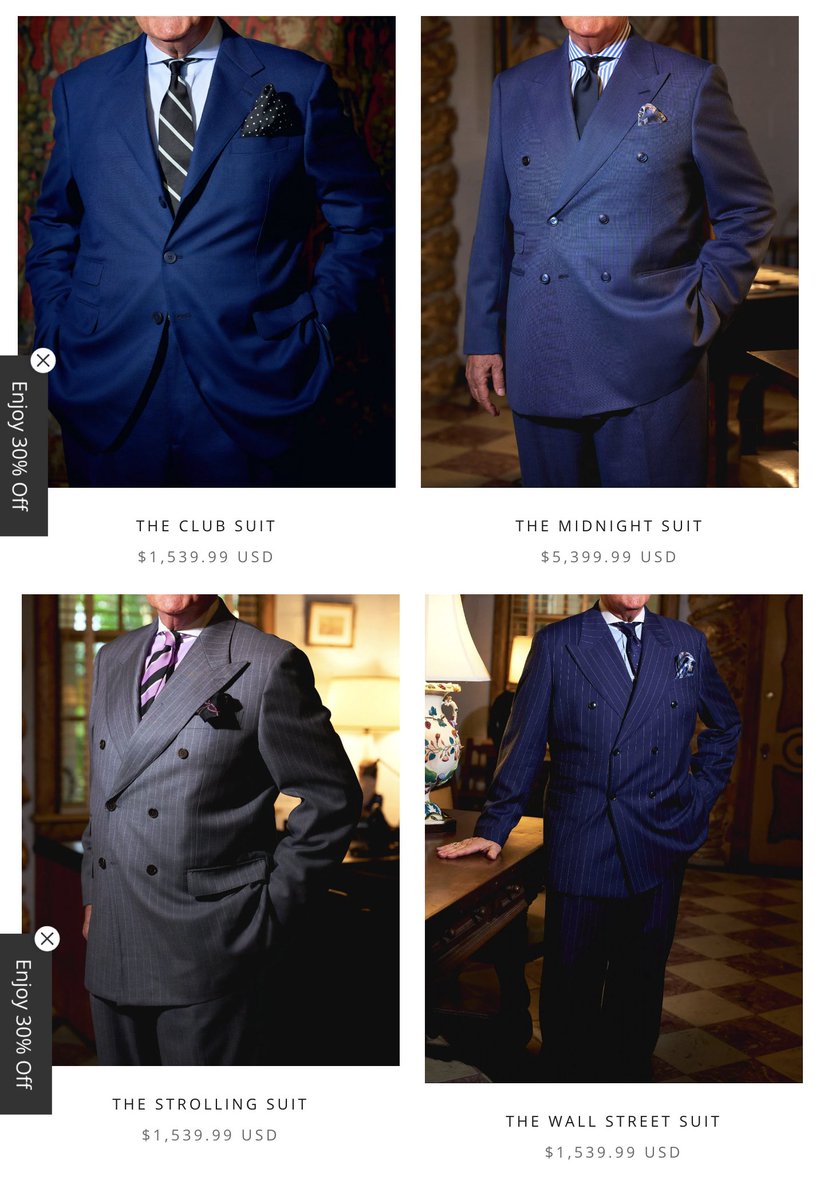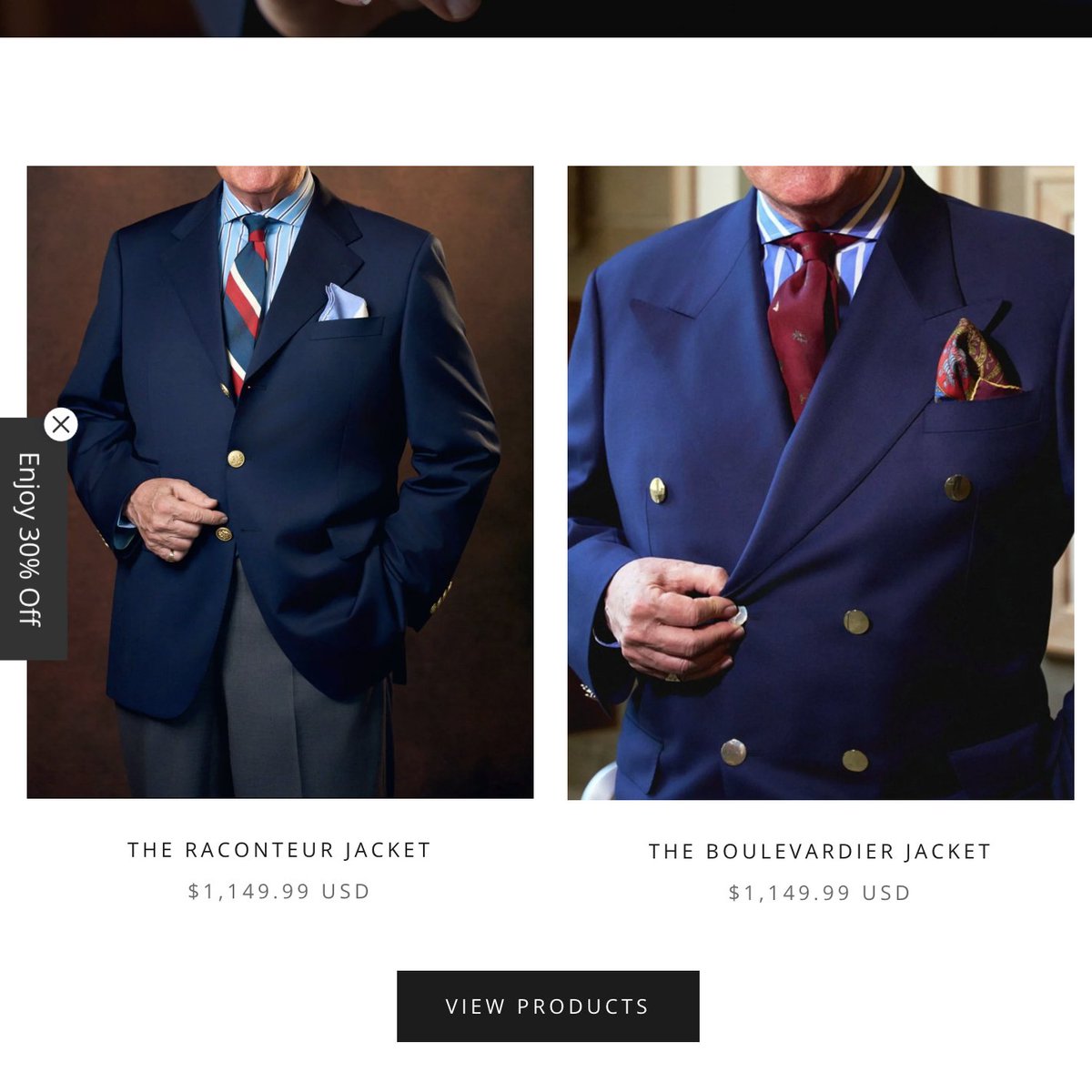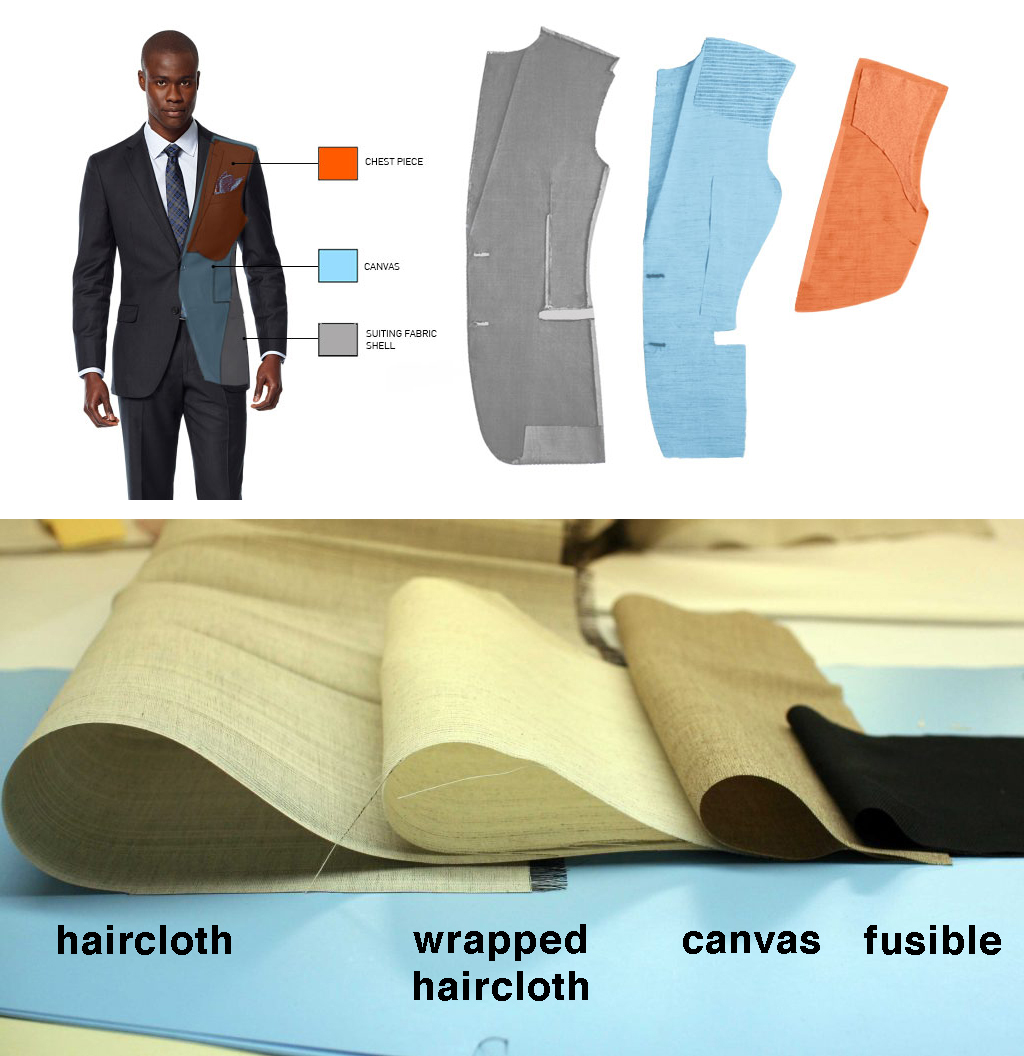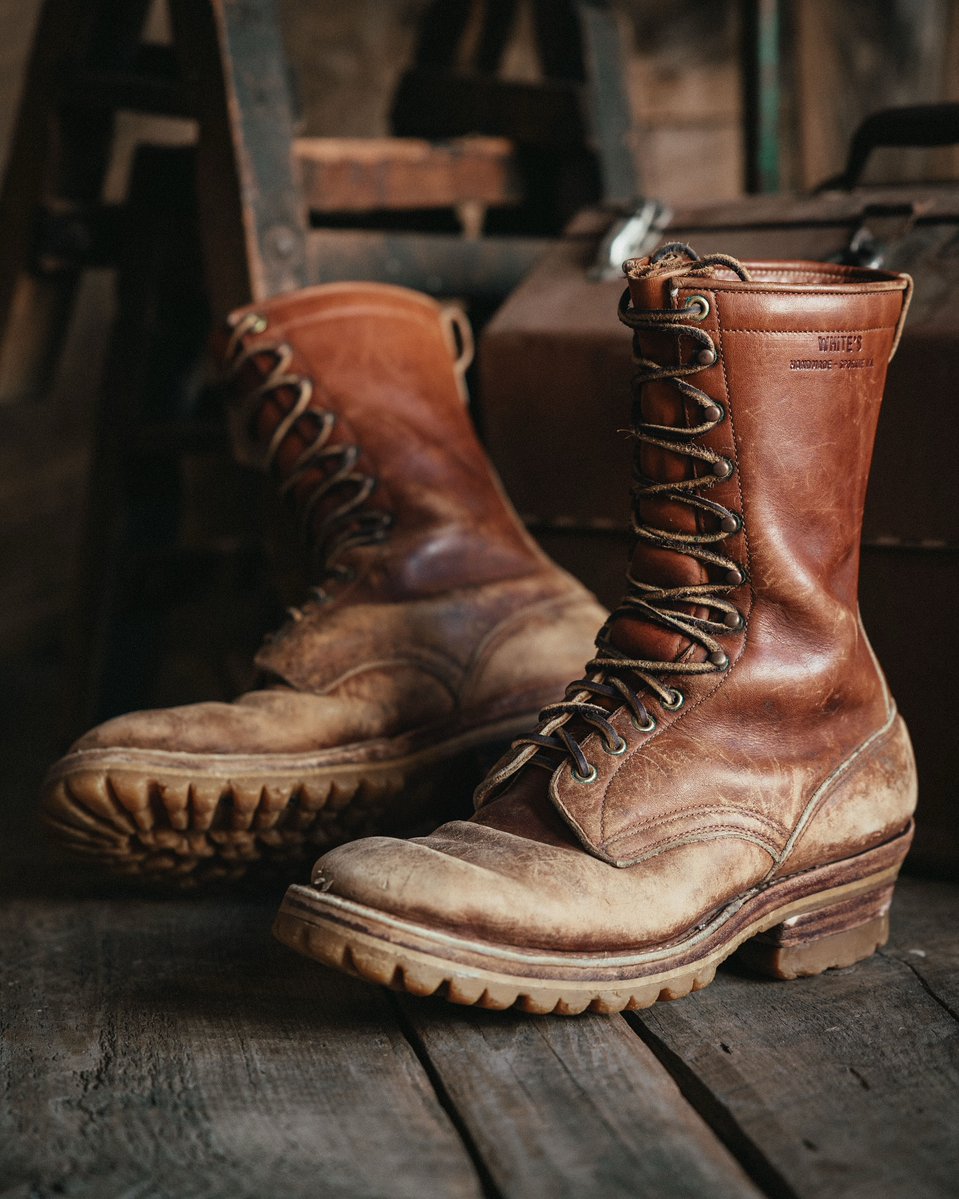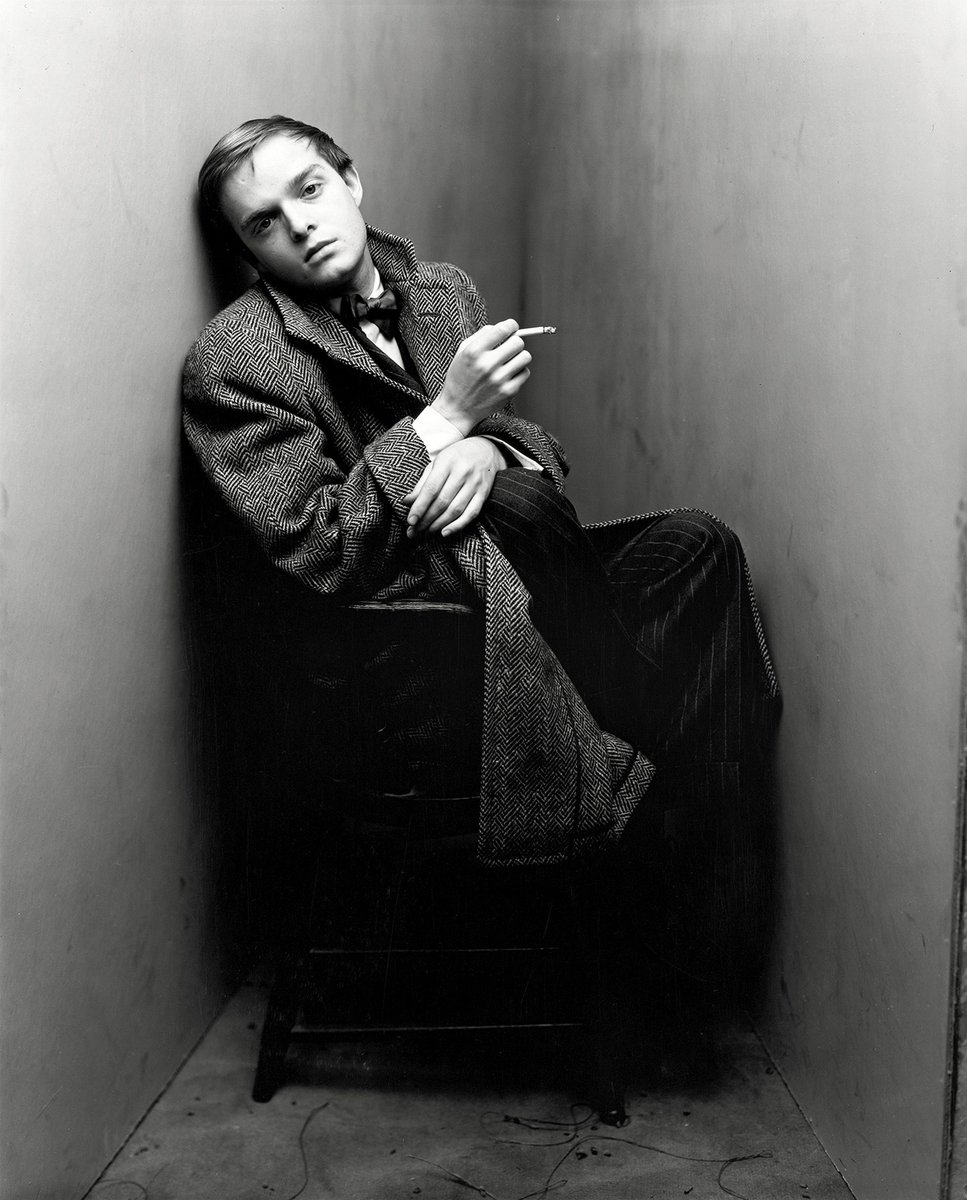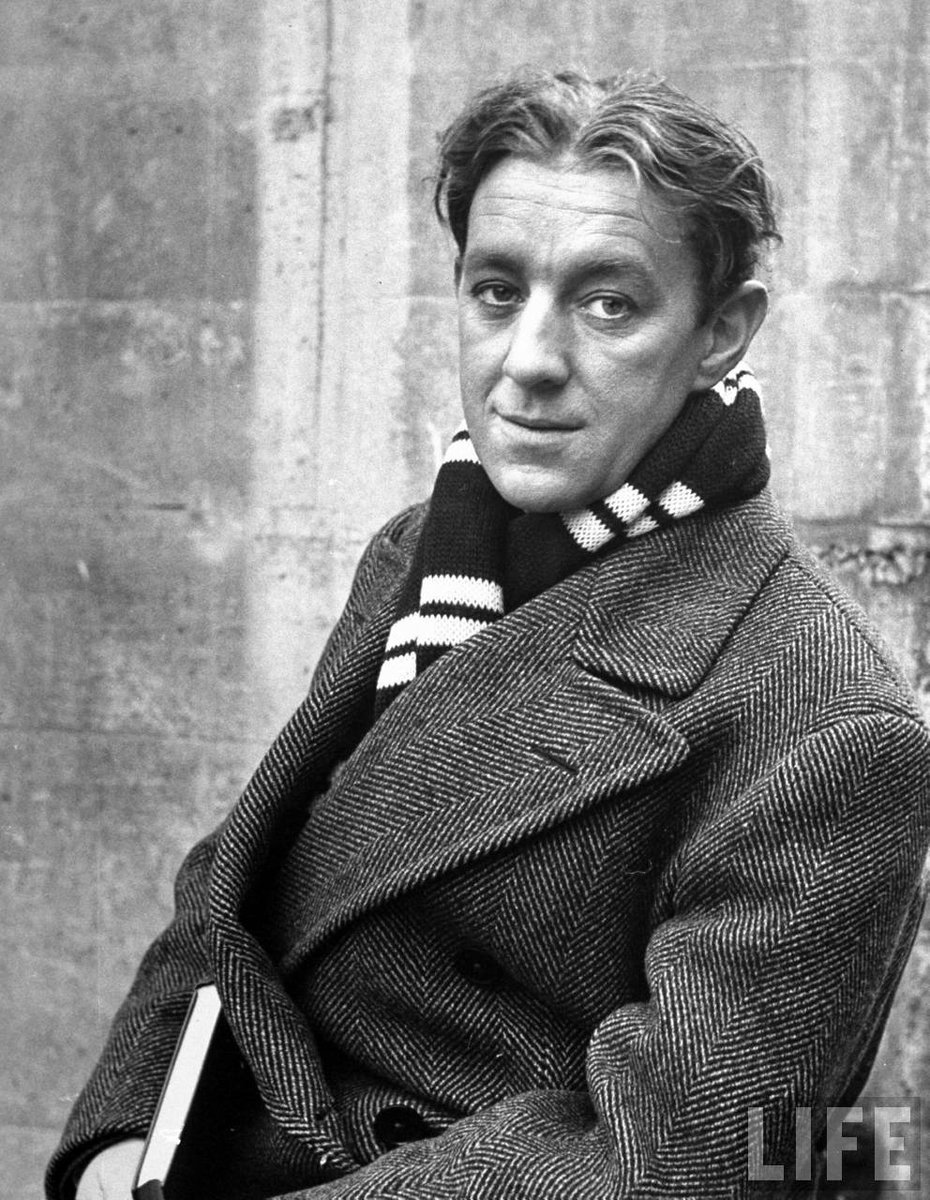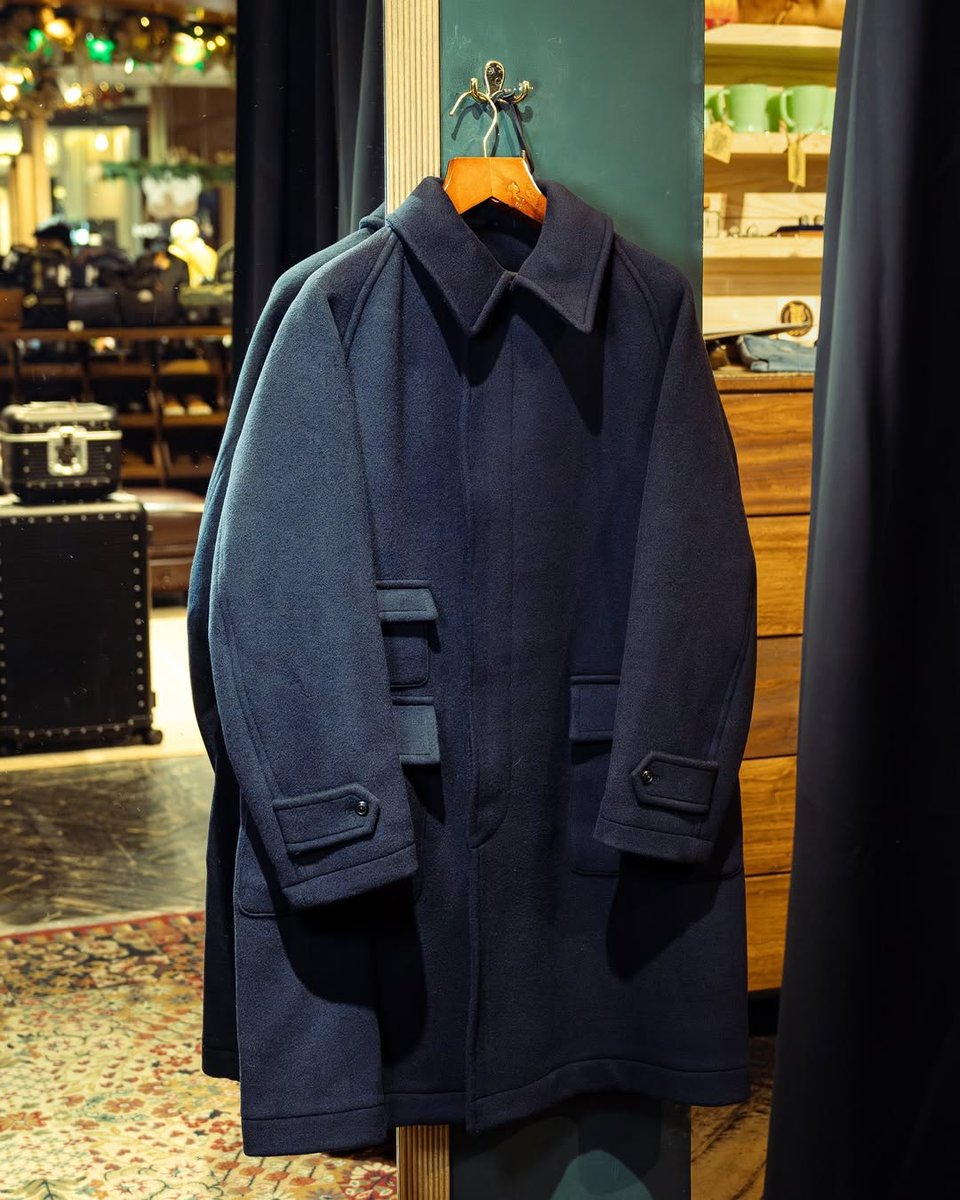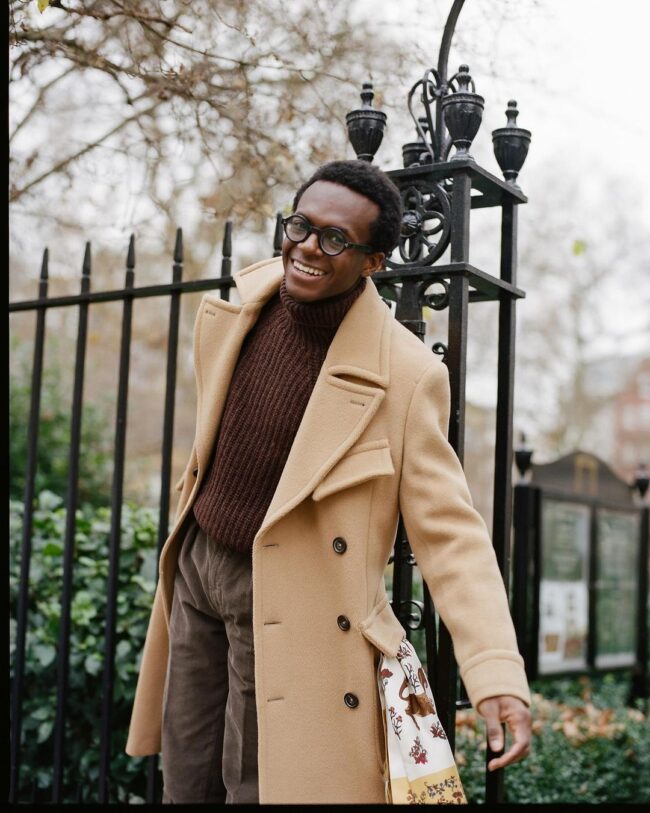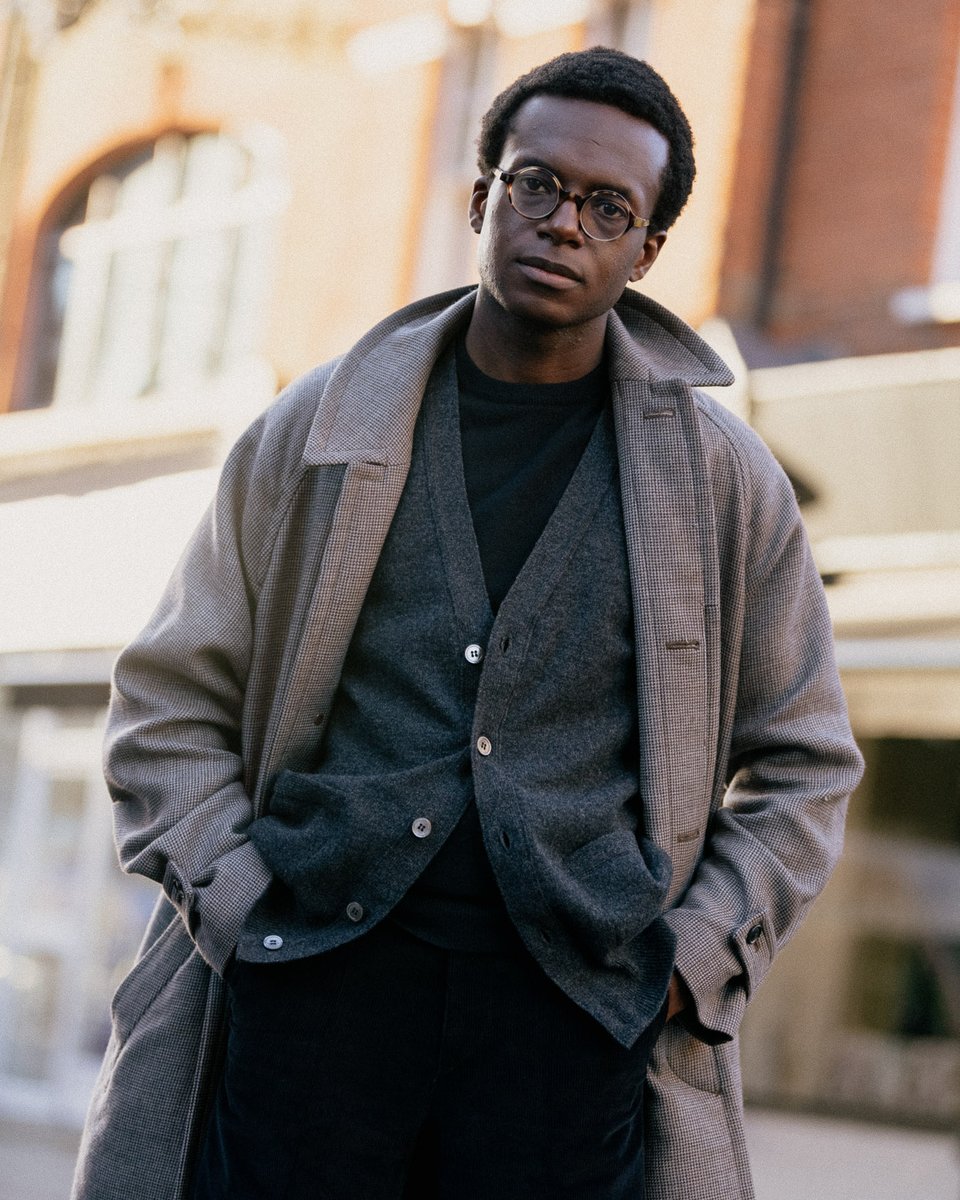I want to show you how to get some deals on eBay. Since I write about menswear, this thread will be focused on men's clothing and accessories. But my guess is that you can apply these tricks to other categories. 🧵 

Most people use eBay in a very straightforward manner. They go to the website and type something into the search bar. Sometimes that's description of an item, such as vintage Aran sweaters. Or it's the name of a brand, such as Hermes or Louis Vuitton.
eBay is full of deals, so even if you use these techniques, you will likely pay less than retail. But if you use the site like everyone else, you reduce your chances of scoring bigger deals. That's because you're competing with a larger group of people. 

So my first tip is that you should learn how to use eBay's full search capabilities. There are two parts to this.
First, learn how to do Boolean searches. I've typed up a little cheatsheet. If you bookmark this tweet, you can save it for later.
First, learn how to do Boolean searches. I've typed up a little cheatsheet. If you bookmark this tweet, you can save it for later.

OK, now you know how to do a Boolean search on eBay. Once you've searched for something, I want you to click the box for "include description." This allows your search to cover auction titles AND descriptions. Why is this important? Because auction descriptions have a lot of info 

It's no longer the case that country-of-origin labels are a reliable indicator of quality. There are plenty of things made in the US that are shoddy (e.g., Fashion Nova) and things made abroad that are great (e.g., RRL items from China) 

However, it *used to be* the case that things made in Western Europe and the United States were pretty good. So if you know something about the history of men's clothing, you can use this info to your advantage.
For instance, for better or worse, the Scottish cashmere industry has mostly failed to modernize its ways, which has largely led to a collapse. Scottish knitwear is not as fashionable as Italian knits or as cheap as Chinese ones. 

So if you're looking for that old quality, traditional style cashmere in grandpa's closet, do a Boolean search for (Scotland, Scottish) cashmere. This will bring up everything with Scottish cashmere OR Scotland cashmere in the title.
Look! 1,100+ results for $50+ luxury knits
Look! 1,100+ results for $50+ luxury knits

*Billy Mays voice* But wait! There's more.
Now I want you to click the box for "include description." This gives us everything that says Scottish cashmere or Scotland cashmere in the title OR description. This increases the number of our results.
Now I want you to click the box for "include description." This gives us everything that says Scottish cashmere or Scotland cashmere in the title OR description. This increases the number of our results.

Here's a cashmere Barrie sweater for $83. In 2012, Chanel bought Barrie when the mill was on the brink of bankruptcy because the luxury giant considered them to be critical to their production. This $83 knit will be much better than what you can find for a similar price new 



This system of drilling down to reputable names and country-of-origin labels can be applied to giant brands such as Ralph Lauren and Brooks Brothers. The problem with searching for Ralph Lauren is that you will get a ton of dreck—crappy polos and lower-end labels like Chaps. 

But if I do a Boolean search for ("Ralph Lauren") England and click "include descriptions," I will get all the Ralph Lauren items that were made in England. This is important because Ralph will not produce a low quality item in England, as labor costs there are higher.
This pulls up much higher quality items, such as $100 made-in-England boots and cashmere slippers. The boots are Goodyear welted and made from full grain leather. Fewer people will stumble upon these because it's a pain to wade through a gazillion Ralph Lauren auctions. 

I can do the same for other big brands, such as Brooks Brothers (who historically relied on American and British manufacturers for their higher-end products). Attending a black tie event? Here are some made-in-England patent leather shoes for $65. 

The third trick is to not rely on eBay's US site, which is distinguished by the "dot com" domain. Instead, visit eBay UK or eBay France. Or do a Google search for eBay in other countries.
There are two advantages to this. First, eBay UK and France (or any other country) often gets less traffic than eBay US. Less traffic means less competition, which means lower prices. Second, you can drill down on those countries specialities.
For instance, Cordings is an old-school country outfitter based in London's famous Piccadilly arcade. Given their location, it's easier to find stuff from this shop on eBay UK than eBay US. So we find this $91 covert topcoat (needs a pressing and some repair, but good price) 
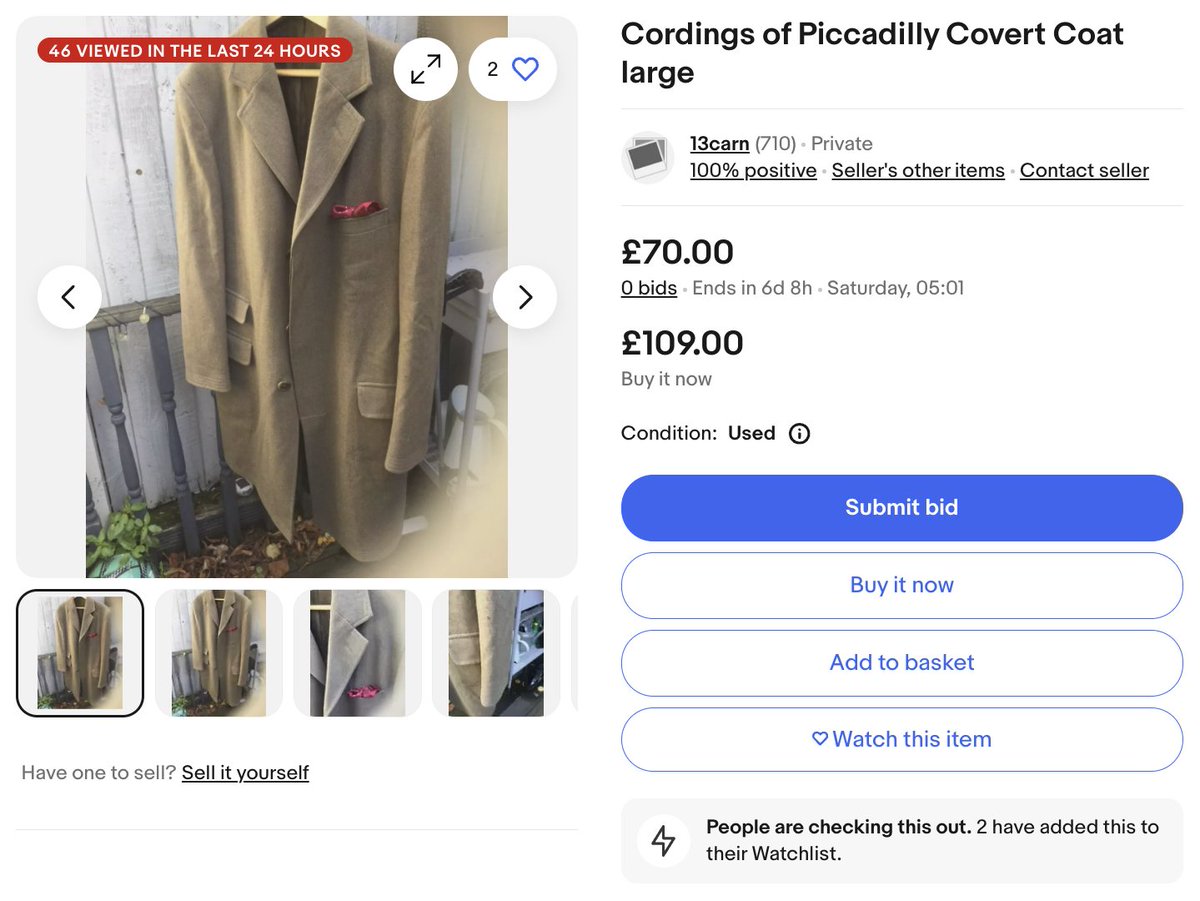
France is famous for its leather goods, so over at eBay France, we can find leather watch straps from one of the finest makers in the world, Camille Fournet. Price is $72 (much less than the $250 or so this would cost in a store). 

I should note, this method requires you to know a little about men's stye. It helps to know the names of less famous, but reputable brands, particular dead labels once renowned. It also helps to know how to read manufacturing labels.
I can tell you those $100 Ralph Lauren boots were made at Crockett & Jones' Northampton factory because this is how they label the inside of their shoes. (Crockett & Jones boots are like $700 new.) 





I can't possibly give you complete guide to everything because doing so will require writing about the history of menswear, dead labels, and factories. But if you stick with the subject, you will eventually pick up bits of info, which you can combine with these eBay tricks
Of course, you can always do simple searches for things such as Carhartt, Dickies, and lesser-known workwear labels such as Big Mac. If you're open to workwear, it will be pretty easy to cobble together an affordable, stylish wardrobe on a budget. 

I also do regular roundups for cool menswear stuff I find on eBay and post them at Put This On. The aesthetic tends to revolve around classic tailoring, workwear, and slightly off-beat Japanese labels.
putthison.com/tag/ebay-round…
putthison.com/tag/ebay-round…
When shopping on eBay, always compare measurements to stuff you already own. If the seller doesn't post measurements, ask for them. Try to shop from sellers who allow for free and easy returns. And be comfortable with getting stuff that doesn't work out—that's part of the process 

This should say "quotation marks," not "apostrophes." Sorry for the typo. Hopefully it's obvious from the text.
https://x.com/dieworkwear/status/1842771283882504523
• • •
Missing some Tweet in this thread? You can try to
force a refresh











